In the market, there are different materials and alternatives for packaging, but plastic packaging is always considered the most recommended choice due to its high strength, low cost, and high flexibility. Over the years, plastic packaging is still popular and people are using it more often.
1. Why is plastic packaging so popular?
Due to many useful functions, plastic packaging serves in many different ways in modern life.
Display information
Plastic packaging allows manufacturers to include important product information on the packaging such as preservatives, nutrients, product usability, recommended amounts, and more.
Long-term preservation
To preserve food longer, manufacturers are using plastic packaging. This will reduce the potential for product waste and allow consumers to use the product for a longer time than before.
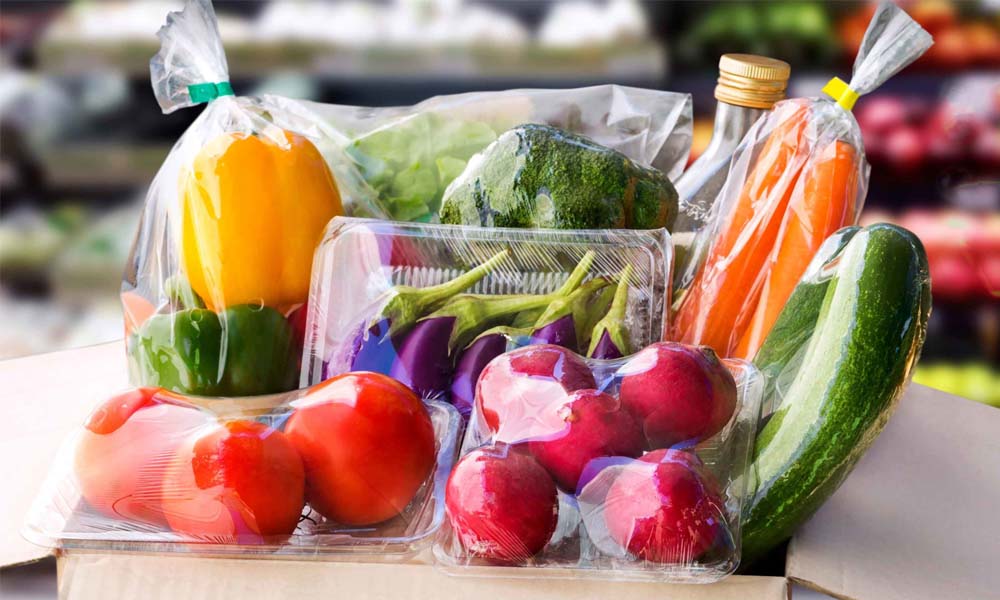
Read more: Plastic film and barrier features help protect food
Prevent waste
Plastic packaging prevents products from spilling by keeping them inside the bag.
Protection
To protect vulnerable products during transportation, plastic packaging is the best choice. It can also protect food from moisture, gases, insects, microorganisms, pollution, and light.
Transport
Compared to other alternative materials, plastic packaging allows manufacturers to transport products from long distances. Plastic packaging makes transportation more efficient by saving space.
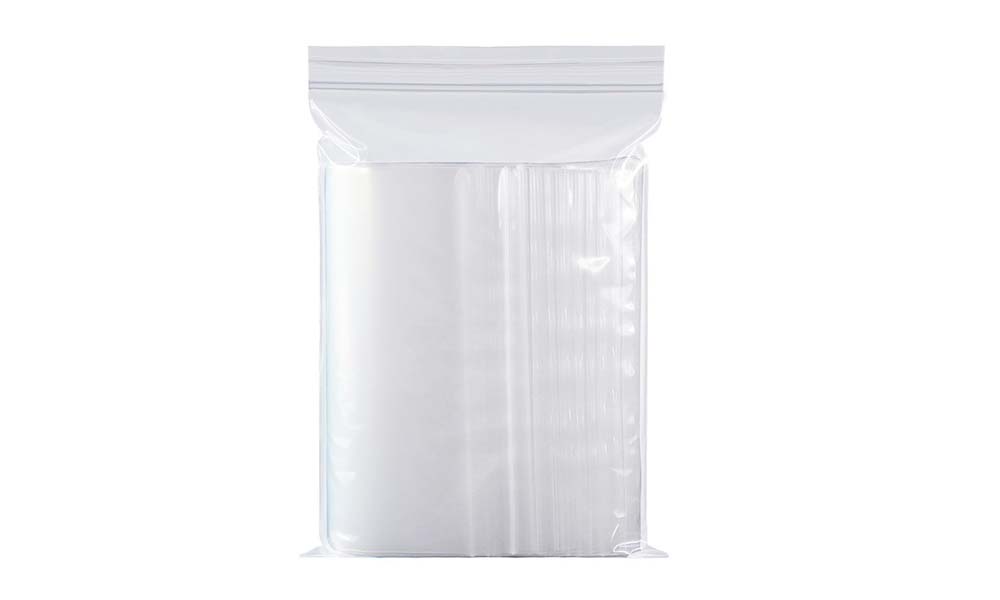
2. Advantages of using Plastic Packaging
It’s durable
Plastic can be as strong as steel. This durability protects your product — from perishable foodstuffs to fragile keepsakes to expensive electronics — from the wear and tear associated with production and shipping. Plastics packaging ensures your product shows up on store shelves or in your customers’ homes looking as good as new.
Durable plastics consume less energy during the production process than metals, too, in part due to how light they are.
It’s lightweight
Plastics are prized for being lightweight. Though over 50% of all European goods are packaged in plastics, these plastics only account for 17% of all packaging weight.
With this winning combination of being lightweight and strong, plastic packaging protects your product without adding bulk. It also saves you in manufacturing and shipping costs.
The lightness of plastic is also closely tied to its superior sustainability. Its comparatively low weight contributes to its lower energy consumption and greenhouse gas emissions over other materials.
It’s sustainable
Though many think plastics are a detriment to the environment, the opposite is true, such as plastic’s resistance to corrosion and its bio-inertness, make plastics very resource-efficient.
Plastic packaging is also easily and frequently recycled.
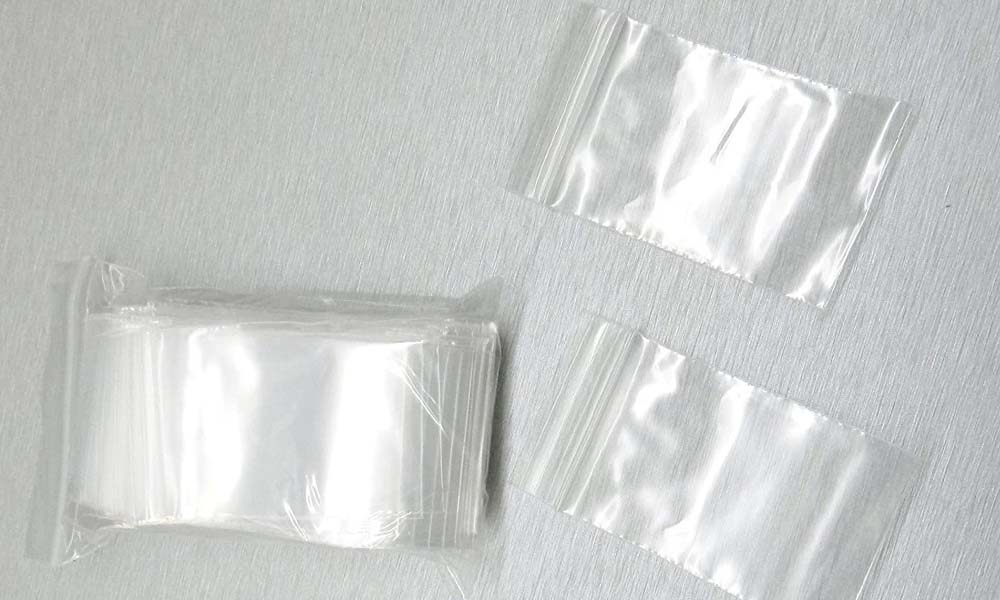
It’s versatile
You can mold plastic into essentially limitless shapes. Think of the vast variety of plastics packaging you see all the time.
It’s hard to think of a packaging material more versatile than plastic. Here are just a few things it can do:
Fit packaging to your product precisely with a custom-made mold.
Form packaging into a box, sphere, cylinder, or any other shape.
Seal a product tightly or provide a simple open frame or hanger.
Package something as small as a button cell battery or as large as a pallet of bicycles.
Hold hot foods, cold liquids, acids, or bases.
It’s cost-effective
Due to its lightweight, plastic packaging saves over alternatives when it comes to shipping and transportation costs. It saves both in the cost to get products to consumers and in the cost to get post-consumer materials to recycling centers.
3. Disadvantages of Using Plastic Packaging
Except for the long list of advantages of plastic packaging, there are also some disadvantages that make use doubt the characteristics of plastic.
Let’s learn some disadvantages that have become the most common downfall of the use of plastic packagings.
Low Melting Point
In comparison with other packaging material, the most common downfall of plastic is that they have low melting points.
This means the plastic packaging doesn’t withstand in an area where the temperature is a little high.
Due to low melting points, plastics cannot be used in furnaces. Some plastic products are highly flammable such as nylons, polyethylene, acrylics, and polyesters.
These materials are commonly used in offices and home appliances. Low melting point also makes plastic a fire hazard material.
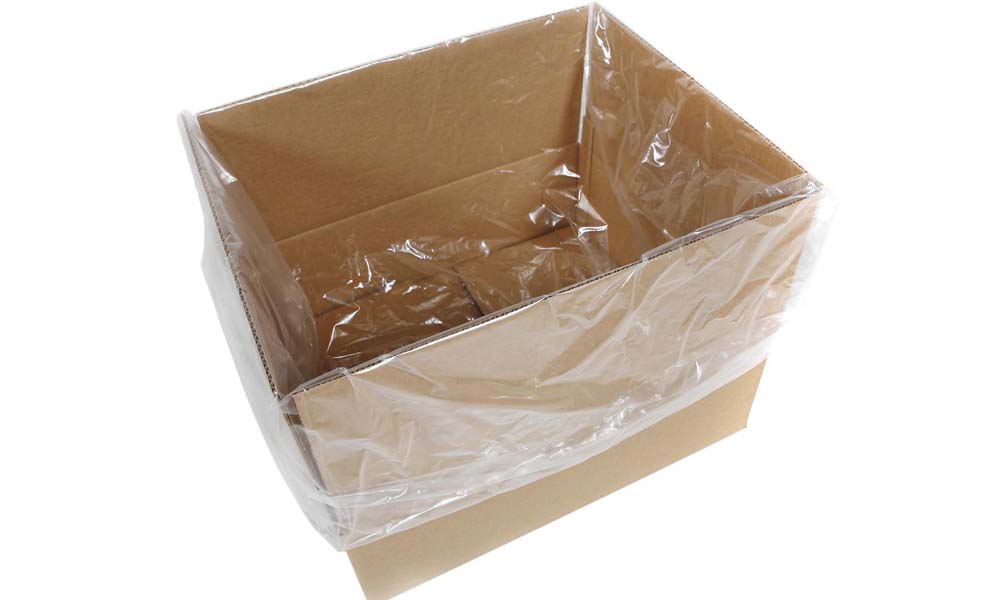
Degradation of the environment
Plastics are non-degradable materials. The decay of this material is not easy. It might take centuries and cause pollution in the environment.
Due to the strong bonding of intermolecular forces, the molecules in the plastic material are constituted.
This property makes sure that the structure of plastic neither decomposes nor corrodes for several thousand years.
The plastic material that is disposed of indecently restricted is washed away by water reservoirs. The plastic clogs the natural sources of water and floats on reservoirs.
This causes pollution and makes water unsightly and useless for humans.
Harmful for nature
The plastic material that is used in means of human consumption purposes, such as food packaging bags contains harmful components.
Improper disposal of plastic packages causes many harmful disadvantages and leads plastic to find its way into natural water bodies.
Here they will decay or resolve after thousands of years ago due to their nature of non-degradability. For animals, littered plastic means death because they can accidentally eat them and die because of choking.
Moreover, in the manufacturing of plastic fabrication, many destructive chemicals are included in the form of colorants, stabilizers, and high enduring substances.
Almost all the time, these chemicals are not undergone the ecological risk approval process and have a negative impact on human nature, and the well-being of the environment is disturbed with these materials.
Phthalates are a common example of plastic fabrication that is commonly used in the manufacturing of Polyvinyl Chloride (PVC).
No matter how much plastic is recycled but there are always some that are remaining untouched and uncollected in dump sites and waste yards.
4. Should plastic packaging be used?
Currently, it is difficult to find a material that can replace plastic packaging because of its outstanding advantages. Plastic packaging plays a very important role in the food, beverage, consumer goods industry, etc.
And to limit their disadvantages, especially the bad effects on the environment, we need to be conscious of environmental protection such as:
- Do not litter in public places
- Put garbage in the right place and separate plastic waste after use
- Collect and carry out plastic recycling in accordance with regulations
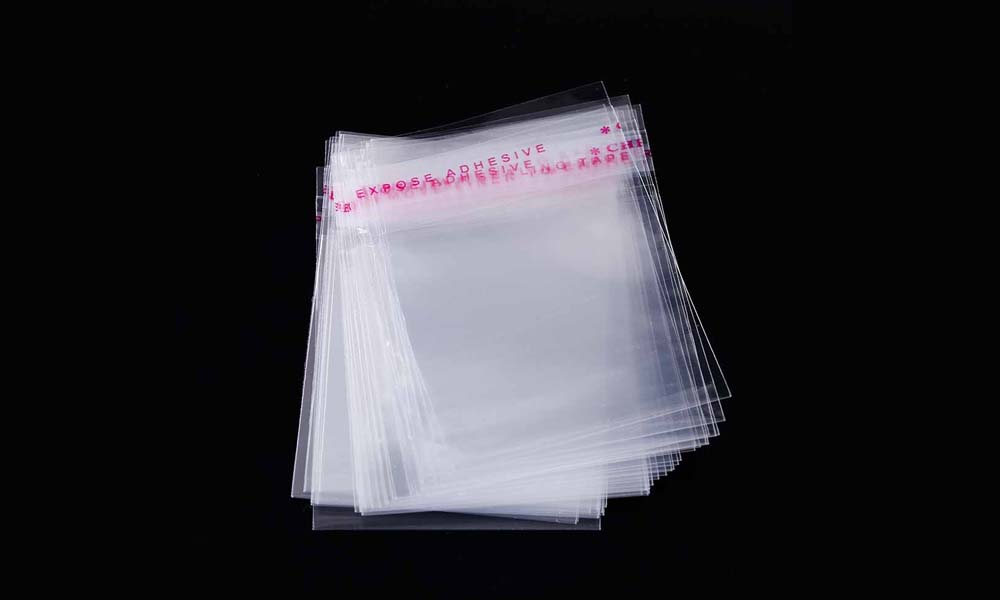
5. Why choose us?

Bao Ma Production & Trading Co Ltd is complying with the ISO 9001-2015 which ensures the quality control system and the ability to produce different materials and sizes of poly bags and rolls, including:
- Packing products for agricultural, aquatic, food consumption, industrial purposes.
- Zip-lock bag, shopping bag, garbage bag, plastic carriers.
- Plastic sheeting
- Perforated plastic roll
- Poly roll of 2m – 4m measurement for the use of lining prawn-raising ponds, for construction sites and sewage system usage, and as cover sheets for agricultural and industrial purposes.
- Printing services on packages of up to 6 colors with customization
- Trading various plastic raw materials such as PP, HDPE, LDPE, LLDPE…
So, please contact us via hotline: (028) 37540 999 – 096 314 5959 and let us be honored to serve you in the best way possible.
BAO MA PRODUCTION & TRADING COMPANY LIMITED
Address: No. 21 Tan Tao Industrial Park, Road No. 3, Tan Tao A Ward, Binh Tan District, HCMC
Tel: (028) 37540 999 – 096 314 5959
Email: info@poma.com.vn
Website: www.poma.com.vn

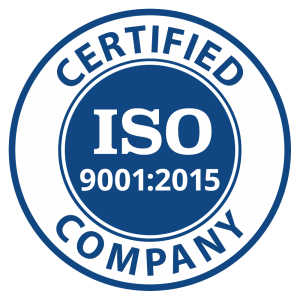
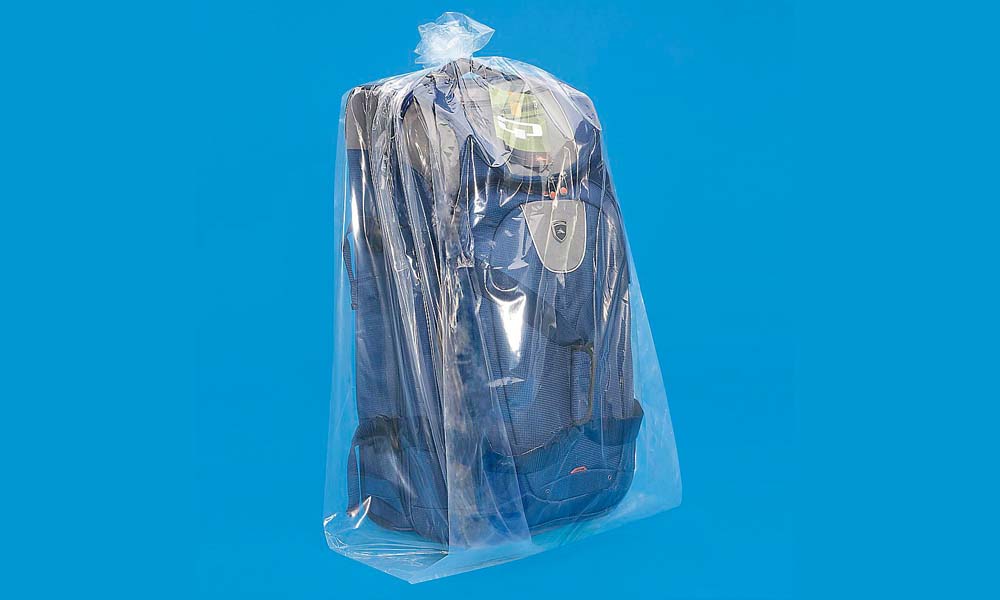

 Tiếng Việt
Tiếng Việt